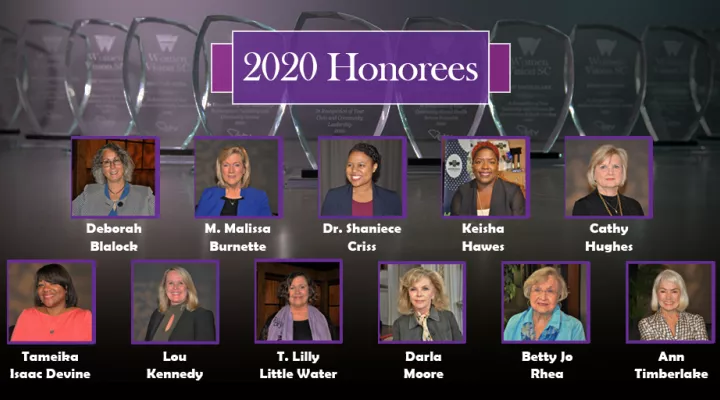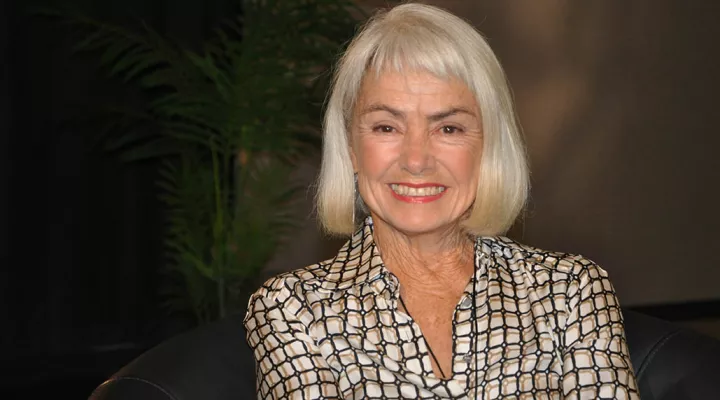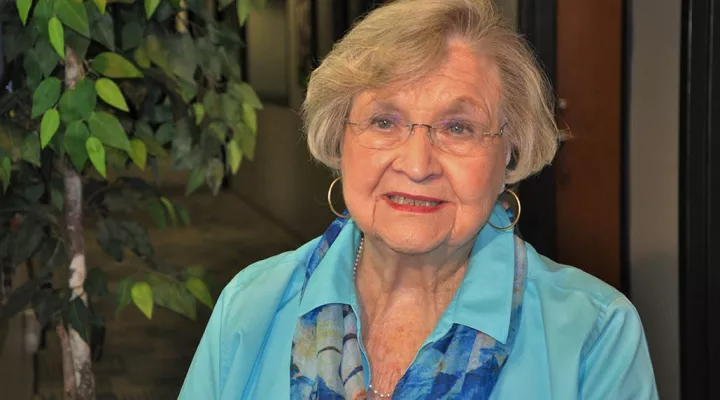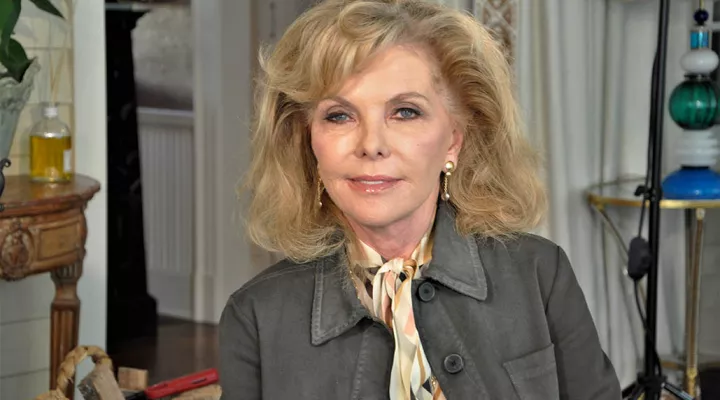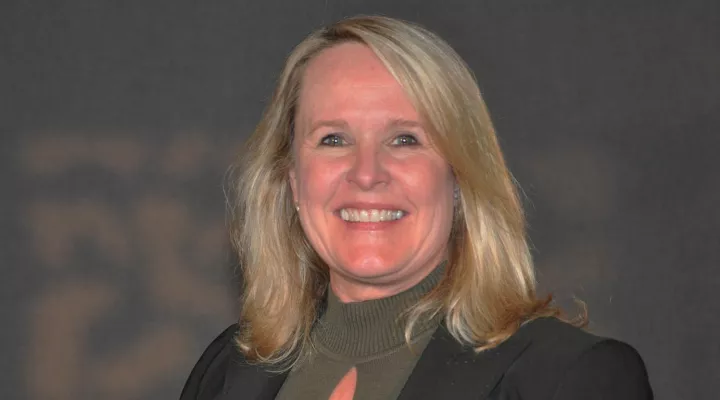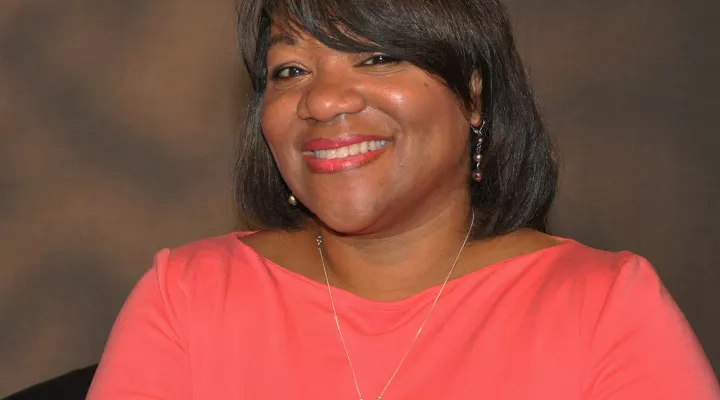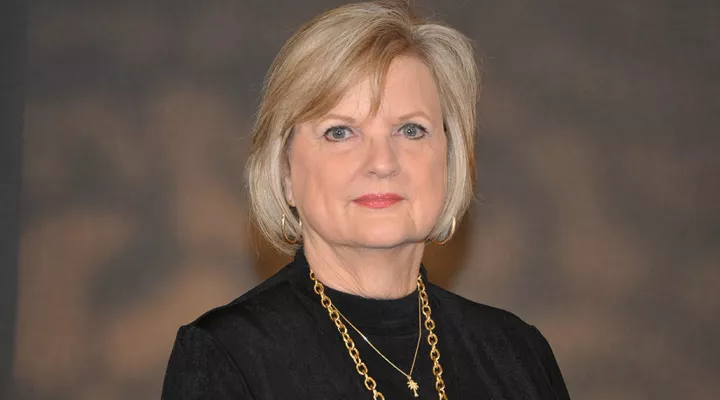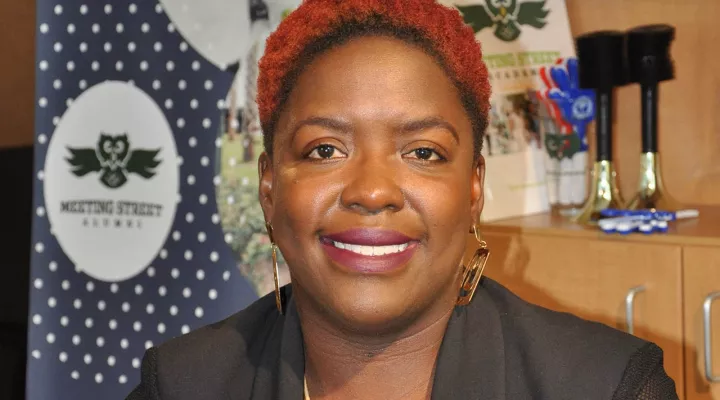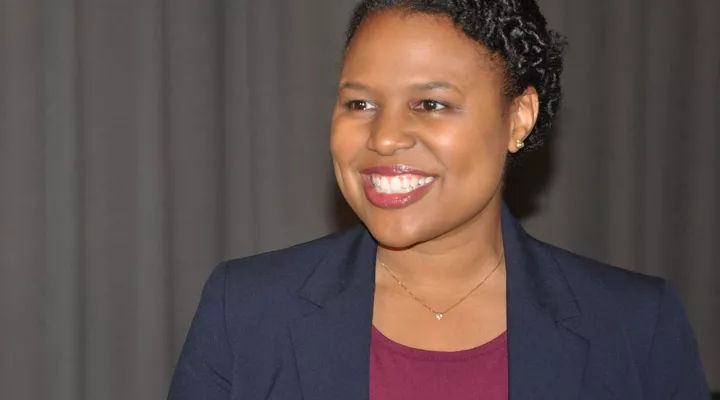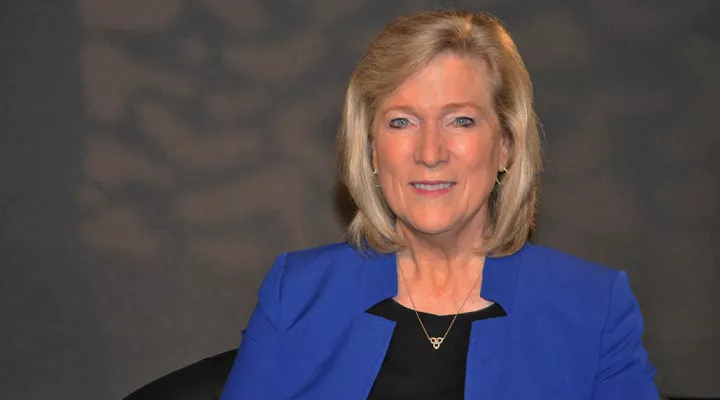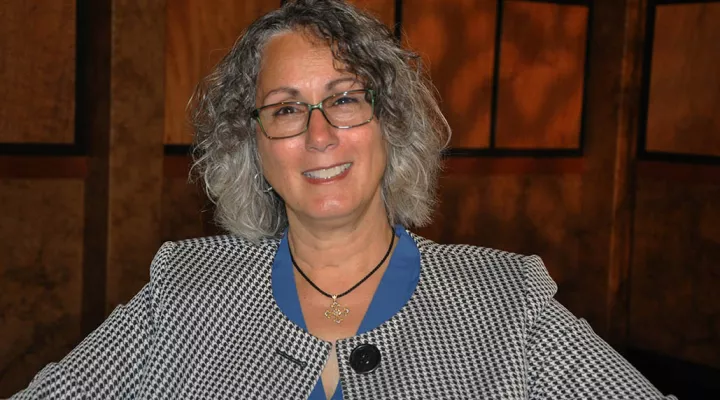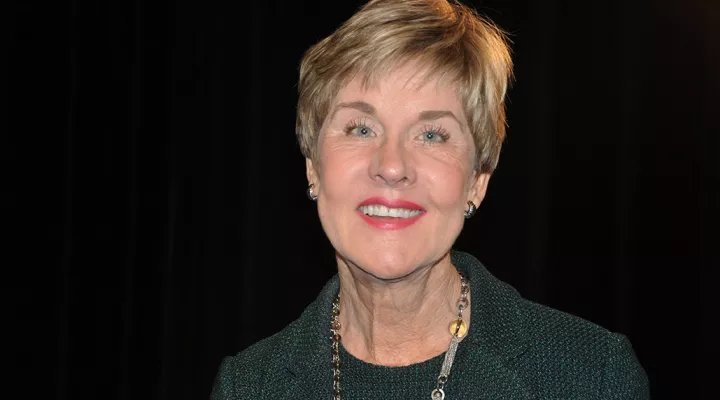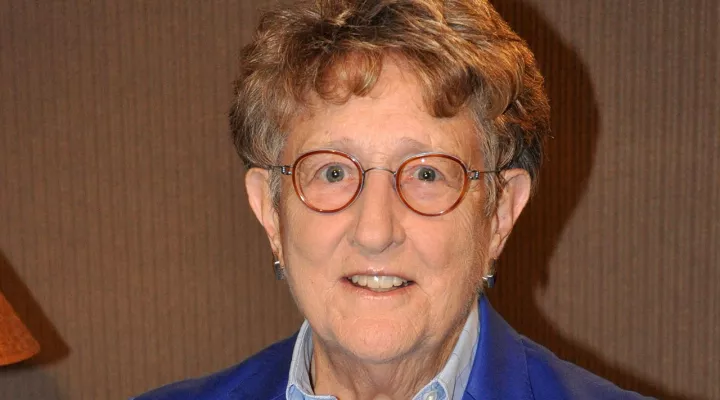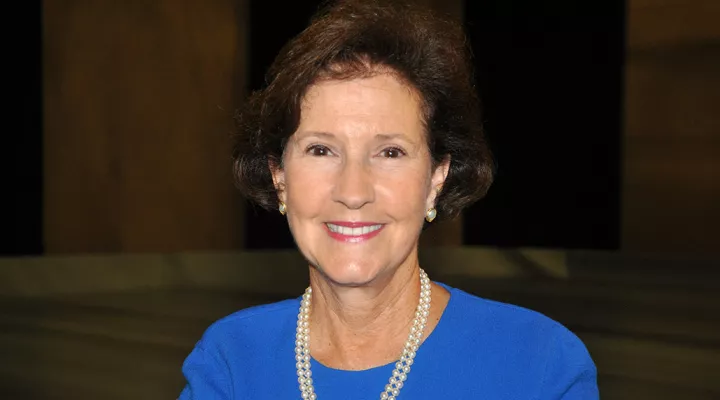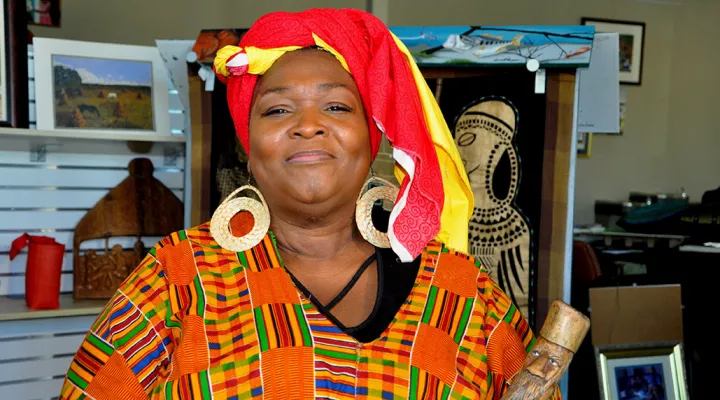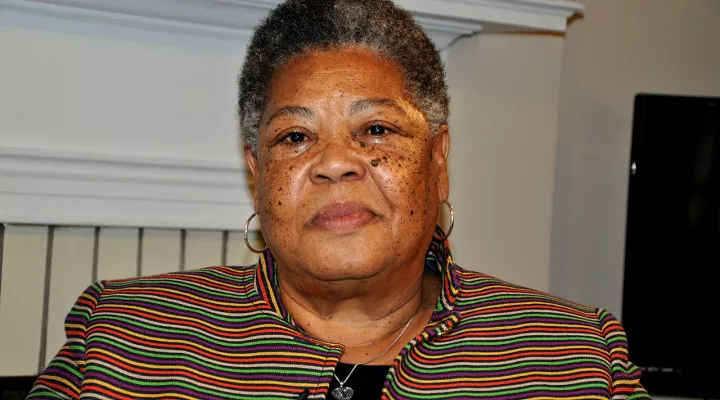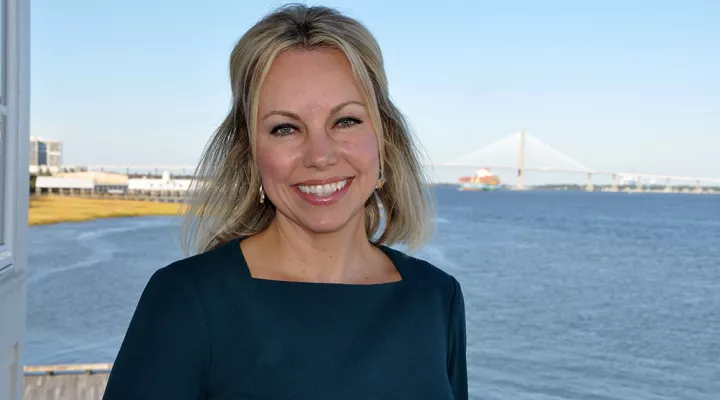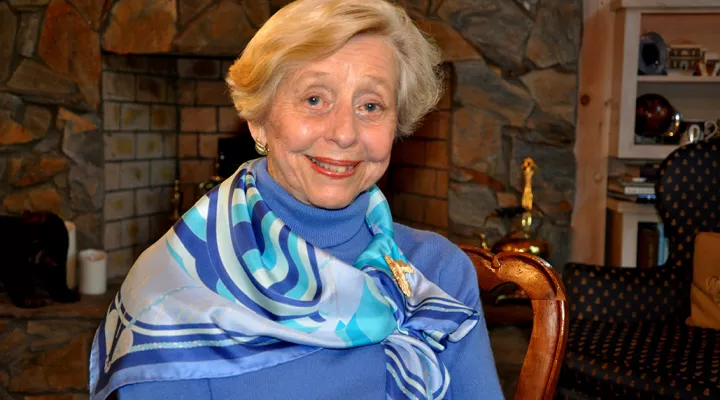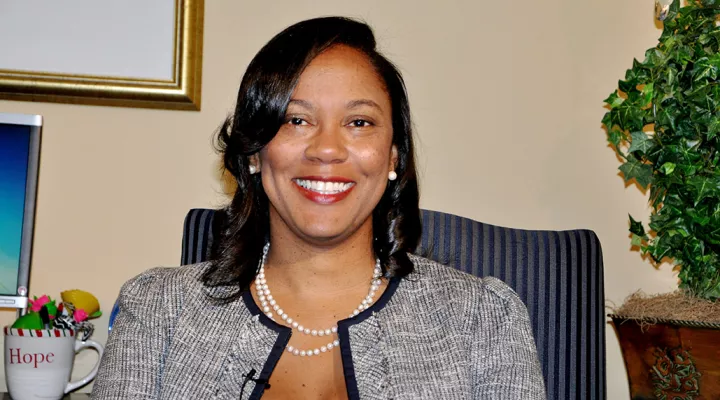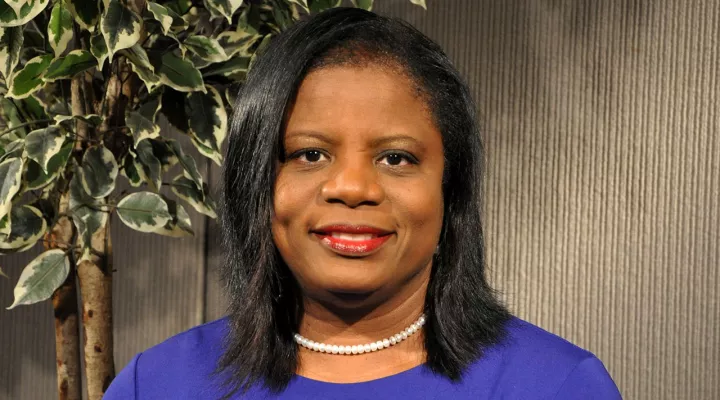Women Vision SC is an SCETV cross-platform initiative recognizing women of achievement from around the state. This initiative highlights trailblazing South Carolina women that are making an impact on issues affecting women throughout the state and nation.
The interviewees were selected from nominations from our listeners and viewers. Their stories will live on for young people through our education portals. The producer/host and Project Director of Women Vision SC is Linda O’Bryon, a former President & CEO of SCETV and South Carolina Public Radio.
Women Vision SC: Finding Our Voices
As the nation marks the 100th anniversary of women gaining the right to vote, this one-hour special profiles eleven extraordinary women from around the state. We tell their stories and ask about their vision, values, and voting in this landmark year.
This program focuses on issues affecting women throughout the state and the nation and a new generation of young people pursuing public service for their communities and the state at large. Produced and hosted by former SCETV president Linda O’Bryon.
[flickr-photoset:id=72157677915443217, size=n, num=6]
[flickr-photoset:id=72157663355040819, size=n, num=6]
Women Vision SC
Who are some of South Carolina’s leading women in the fields of business, government, public service, and the arts? What was their personal journey to success and what common themes helped them develop a vision for achievement? Women Vision SC podcasts will feature a different interview each Tuesday for 11 weeks, beginning April 30, 2019. Women Vision SC is an SCETV cross-platform initiative recognizing women of achievement from around the state on radio, television and online.
Women Vision SC: Tameika Isaac Devine
Tameika Isaac Devine was age 29 when she ran for office for the first time. She…
Women Vision SC: Darla Moore
When Darla Moore began business school at George Washington University, she…
Women Vision SC: Betty Jo Rhea
Betty Jo Rhea served as Mayor of Rock Hill for 12 years and as a member of the…






